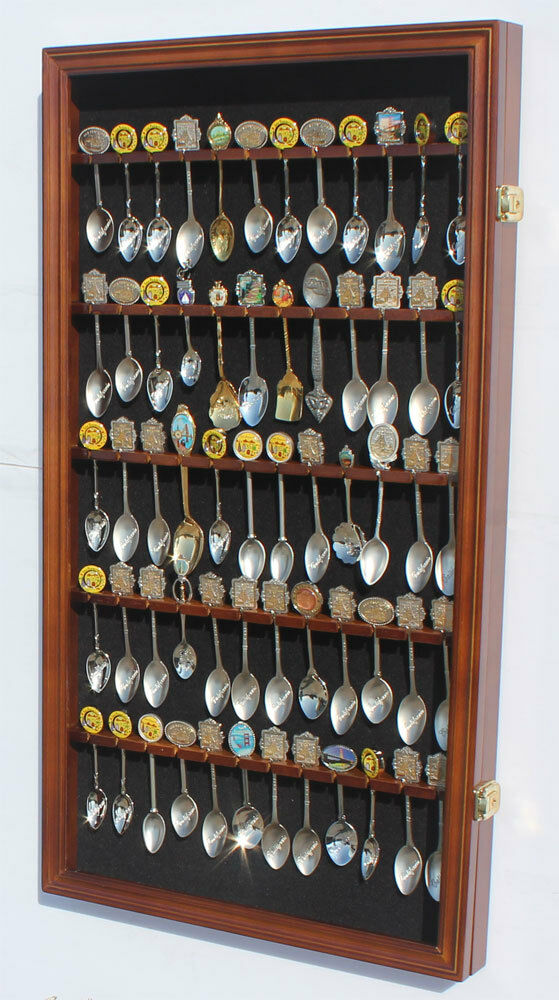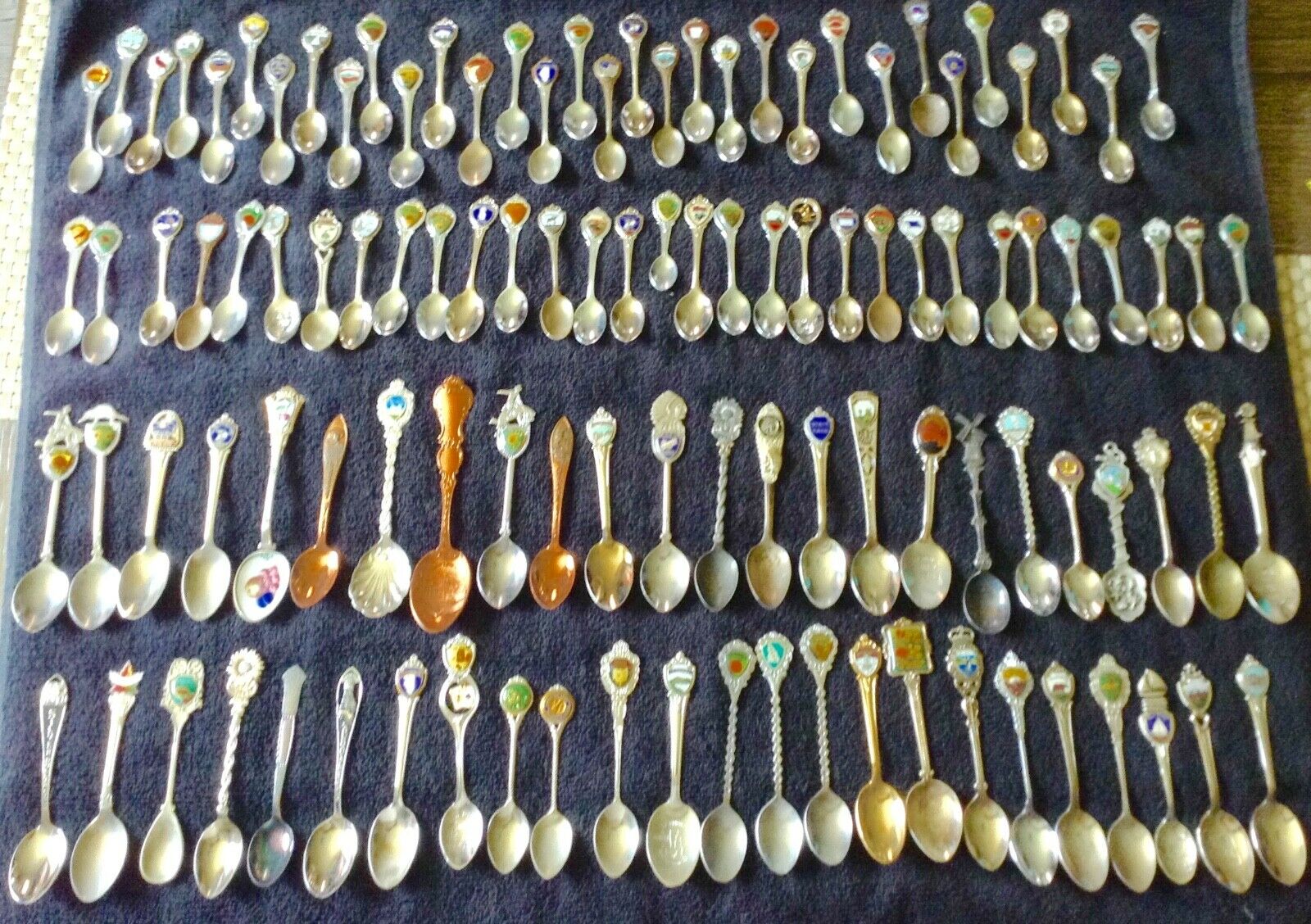-40%
RARE NANTUCKET MASSACHUSETTS OLD MILL STERLING SILVER SOUVENIR SPOON
$ 13.19
- Description
- Size Guide
Description
Here is a beautiful sterling silver spoon from Nantucket Massachusetts known along with New Bedford for whale industry and whaling fishing fleetdating to years around 1900 featuring on the handle image of log house with writing OLDEST HOUSE BUILT1686 and writing NANTUCKET down the handle. In the gold finished bowl embossed is and image of windmill, the writing si YE OLD WINDE MILLE 1746. Measures 4 1/4” long (108 mm) and condition of the spoon is excellent. On the back it is marked STERLING. Shipping on multiple purchases are gladly combined. Please see other, some rare, collector spoons I'm currently listing.
More on the subject:
In the mid 18th century Nantucket emerged as the world’s most vigorous whaling port, with a substantial fleet dedicated exclusively to pelagic sperm and right whaling on distant grounds, and a highly developed network of merchants and mariners to prosecute the hunt. However, while Nantucketers themselves owned and manned the ships, it was a cartel of merchants in Boston, Newport, and Providence who controlled the catch, refined the oil, manufactured spermaceti candles, and set the prices for oil and bone. The cartel even monopolized the coastwise and foreign export routes that brought American products to market. By the 1760s some of Nantucket’s most prominent whaling merchants, the Rotch and Rodman families, grew weary of the cartel monopoly and rebelled against it, moving their operations to the little village on the Acushnet. Here they continued to mount whaling voyages but also started refining whale oil and manufacturing spermaceti candles on their own. They also developed an independent import-export network up and down the American coast and on both sides of the Atlantic. It was on this rebellious basis, on the eve of the American Revolution, that New Bedford was really founded and its future course as a whaling port charted. In 1838 the rail link to Taunton and Providence was completed and New Bedford’s mainland advantage over Nantucket was assured. New Bedford was formally incorporated as a city in 1847, by which time its ships and barks were making voyages of two, three, or even four years in pursuit of sperm whales, right whales, bowheads, humpbacks, and gray whales in virtually every corner of the world: New Bedford had surpassed Nantucket, London, and all other whaling ports both in the size and tonnage of its fleet and the value of its catch.














